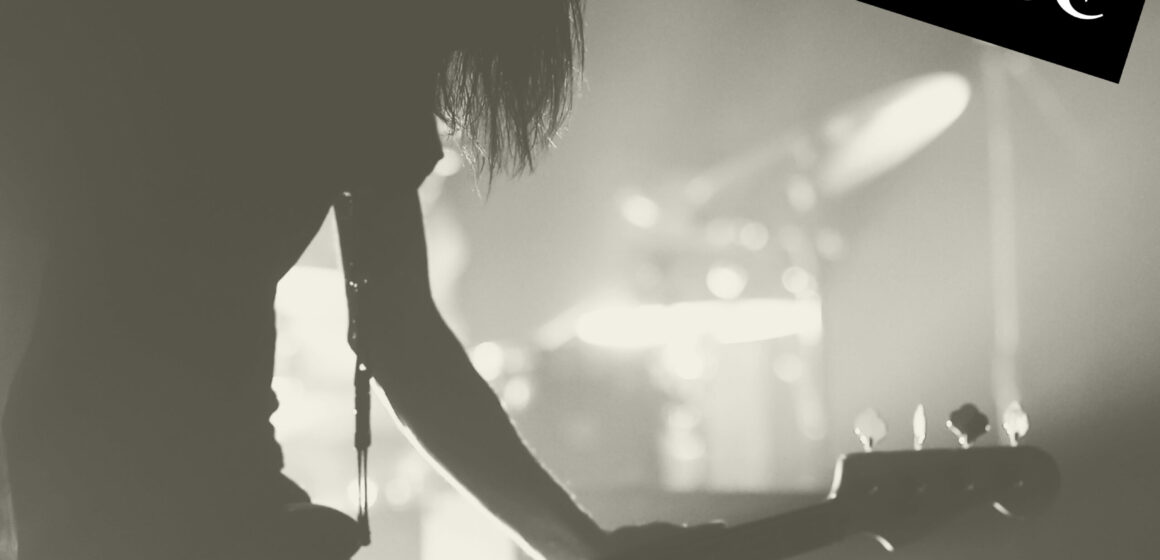Locrian: How to Use the Final Mode
Locrian is our last musical mode, and by far the craziest one. If you’ve missed out on previous articles, check out all of the other modes here with Dorian, Lydian, Mixolydian, Phrygian, Ionian, and Aeolian. Our last mode, Locrian, isn’t extremely useful as it sounds dissonant and somewhat unmusical. It’s rare to see it in the wild, with the exception of metal and some progressive rock. Still, it’s important to learn about it, plus you can impress your friends with your complete knowledge of modes!
A Quick Review:
As with our other explorations with modes, we’ll use the key of C Major to learn about Locrian. The notes in C Major are:
C – D – E – F – G – A – B – C
You may remember that each mode is a mode of C, or the key that you are using. We can use the same notes of C Major but simply start on a different scale tone to get the mode that we’d like to use. Locrian forms when we use the above notes but start and end on B. Therefore, the B Locrian scale looks like this:
B – C – D – E – F – G – A – B
How to Form Locrian:
If you’re intent on using Locrian while performing and improvising, it’s unlikely that you’ll have the luxury of playing it only in relation to C Major. Locrian is more closely related to the minor scale than the major scale. Let’s take a look at B Natural Minor and compare it to B Locrian. B Natural Minor is:
B – C# – D – E – F# – G – A – B
Looking at both this scale and B Locrian, we can see that the Locrian scale is just a Natural Minor Scale with the second and fifth note lowered one half-step, or flatted. Using numbers, Locrian would look like this in relation to the Natural Minor Scale:
1 – flat2 – 3 – 4 – flat5 – 6 – 7 – 1
If you’re insistent on thinking through modes using the template of a Major Scale, we must compare Locrian to the B Major Scale:
B – C# – D# – E – F# – G# – A# – B
This is where things get messy – there are a lot of alterations that we need to make in order to arrive at B Locrian. From the perspective of the Major Scale, we must flat, or lower, the second, third, fifth, sixth, and seventh notes. That looks like this:
1 – flat2 – flat3 – 4 – flat5 – flat6 – flat7 – 1
It’s a lot cleaner to think about Locrian in relation to the Natural Minor, as you can see!
Why is Locrian so Rare?
Frankly, to most people, Locrian sounds bad or wrong. This is mostly due to the flat five note in the scale. Western musical harmony relies heavily on the stability of the Perfect Fifth interval – it’s present in every Major and Minor chord. Most songs, especially in pop and rock, only use Major and Minor chords. Our ears are hardwired to hear that interval!
What’s more, the flatted fifth in Locrian forms a tritone. This is one of the most dissonant intervals in music and is responsible for forming the diminished chord. Locrian doesn’t have a Major or Minor chord as its root – it actually has a Diminished chord! It’s tricky, if not frequently impossible, to create a sense of musical resolution when home base is a Diminished chord. Musical harmony relies on a relationship of tension and release – how can we create that release when the very spot to which we are arriving is the most tense and dissonant sound of the scale?
Conclusion:
Learning Locrian is important to round out your understanding of all of the musical modes, plus it’s a cool feather in your cap. Try to write a song or solo using Locrian and see what you come up with! It isn’t easy, but it can be done – maybe it will help you write the next big Metallica-esque solo!
In practice, the Musical Modes that are the most useful and intriguing to the ear are Dorian, Mixolydian, Aeolian, and Ionian. You’ll remember that Aeolian and Ionian are just the Minor and Major scales, so that only leaves two unique Modes to explore for most of your musical flavor. Phrygian and Lydian are beautiful and awesome, but they lie just a little bit outside of the realm of “normal” to be palatable to a lot of listeners. Locrian is in another world of its own. Have fun exploring all of the Musical Modes, and thanks for learning with us! Stay tuned for future editions of the Knowledge Blog, and in the meantime, check out our other posts!

